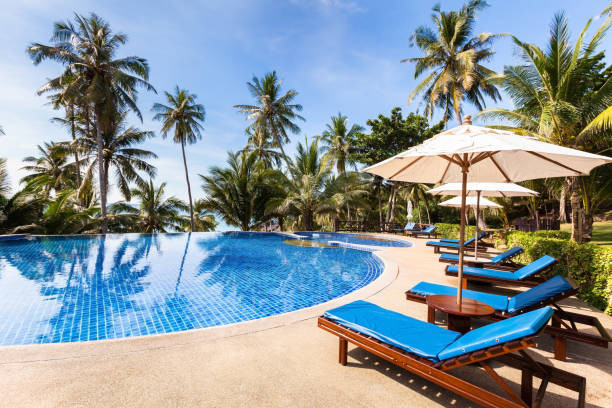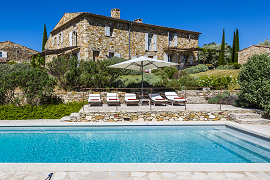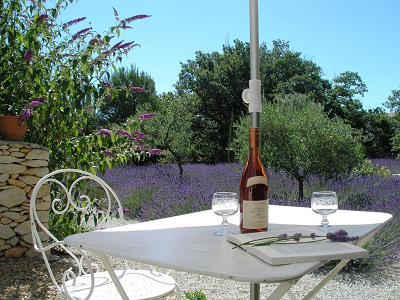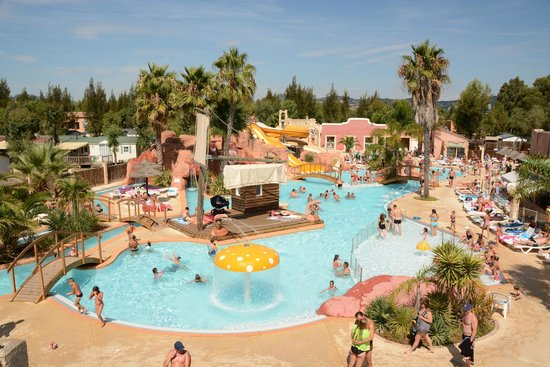Pays de Grasse
The Pays de Grasse: your stay between the sea and the mountains
Looking for somewhere to go in the Alpes-Maritimes? The Pays de Grasse awaits you between the French Riviera and the Pre-Alps. This urban community comprises 23 municipalities covering nearly 490 km². More than 100,000 inhabitants live in this area.
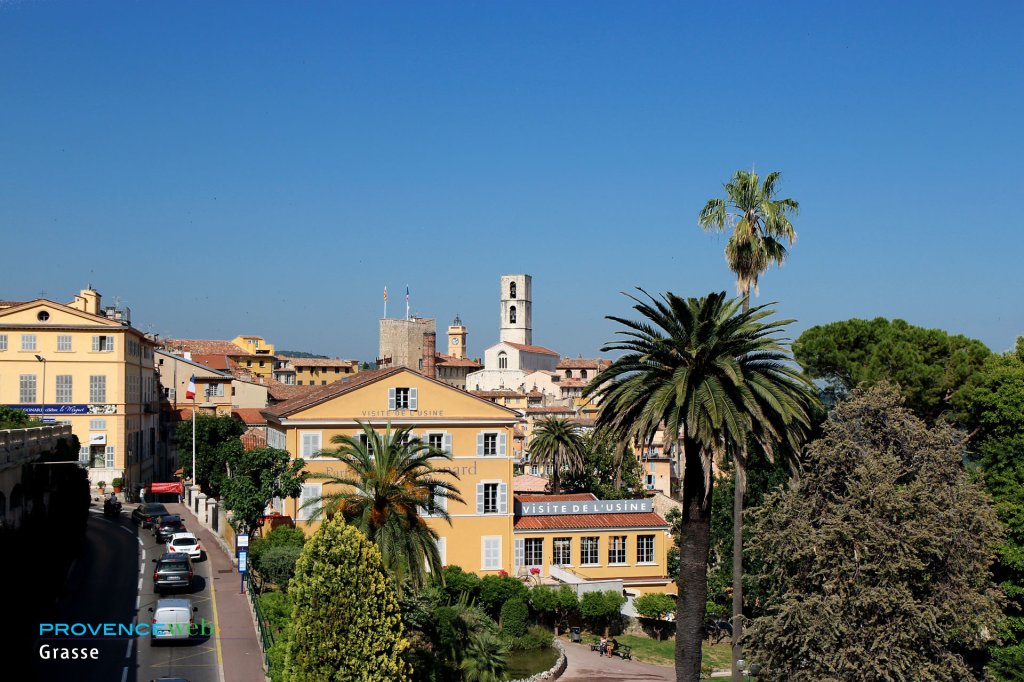
Here you will discover Grasse, the world capital of perfume, and villages such as Gourdon, Cabris, and Auribeau-sur-Siagne. The region offers striking contrasts. In just a few kilometers, you can go from the coast to an altitude of 1,700 meters.
The area's natural heritage is impressive. One-third of France's flora grows here. Protected areas rub shoulders with fields of perfume flowers. It is an ideal playground for your outings in Provence.
The most beautiful villages in the Grasse region
Gourdon, the eagle's nest
Gourdon is one of the Most Beautiful Villages in France. Perched at an altitude of 760 meters on a vertiginous cliff, this village overlooks the Gorges du Loup and the Mediterranean Sea.
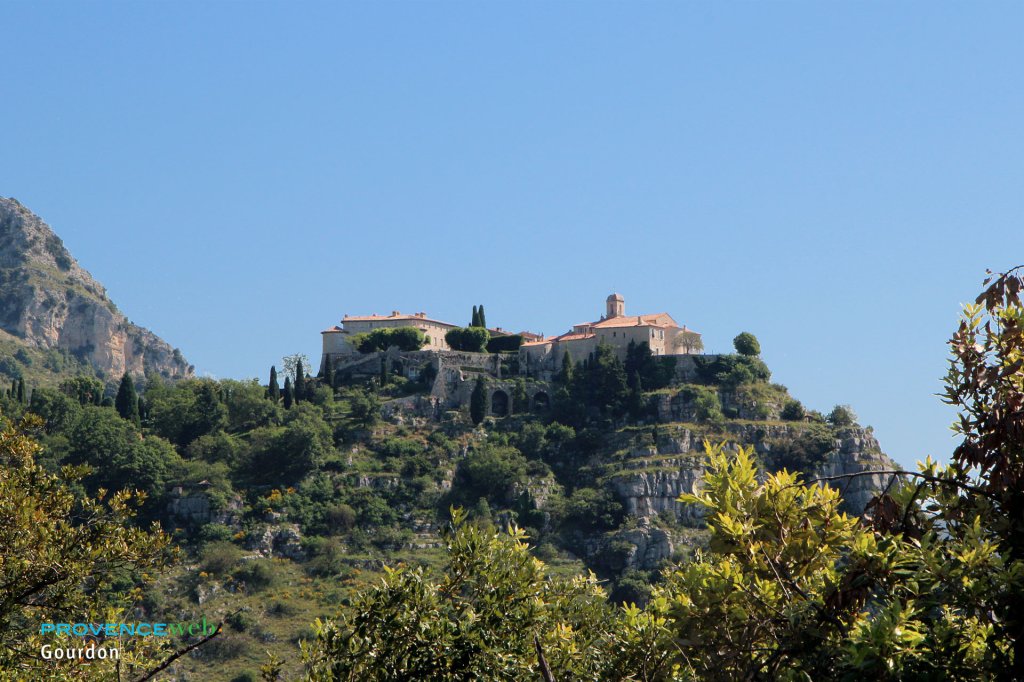
Its medieval castle, surrounded by gardens designed by Le Nôtre, overlooks perfectly restored old houses. You can enjoy an exceptional panorama stretching 80 kilometers along the coast. Place Victoria offers a view that extends from the Riviera to the open sea. The artisan shops sell perfumes and glassware. Free parking is available at the entrance to the village. The Chemin du Paradis allows you to reach the village on foot from Pont-du-Loup. The castle's hanging gardens are open to visitors from April to September. Paragliders regularly take off from the nearby Caussols plateau.
Cabris and its viewpoint
Cabris stands at an altitude of 560 meters on a rocky outcrop. The esplanade of the old feudal castle offers spectacular views of the Mediterranean.
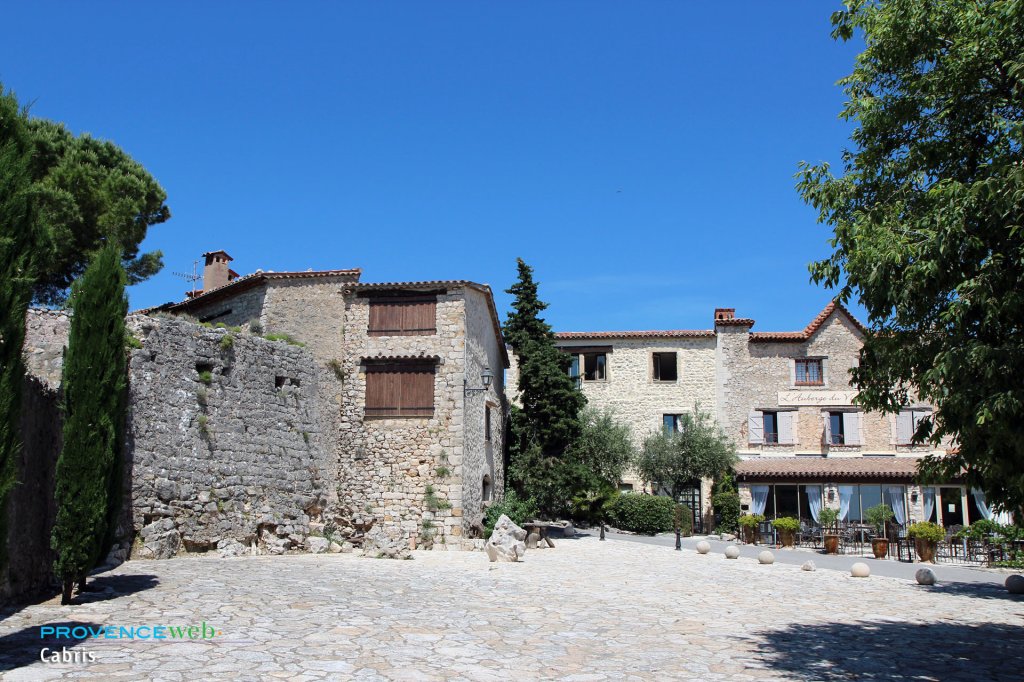
On a clear day, you can even see Corsica from this viewpoint. The large meadow hosts local events throughout the year. Antoine de Saint-Exupéry and Albert Camus stayed in this peaceful village. The parish church, completed in 1630, dominates the highest point of the village. The shaded café terraces invite you to linger. The Audides cave descends 60 meters underground. Several hiking trails lead from the village into the hinterland. Lake Saint-Cassien and the Lérins Islands can be seen in the distance.
Auribeau-sur-Siagne, the village in bloom
Auribeau-sur-Siagne nestles between La Frayère and La Siagne. The Soubran gate, a 16th-century fortified gate, marks the entrance to the old village.
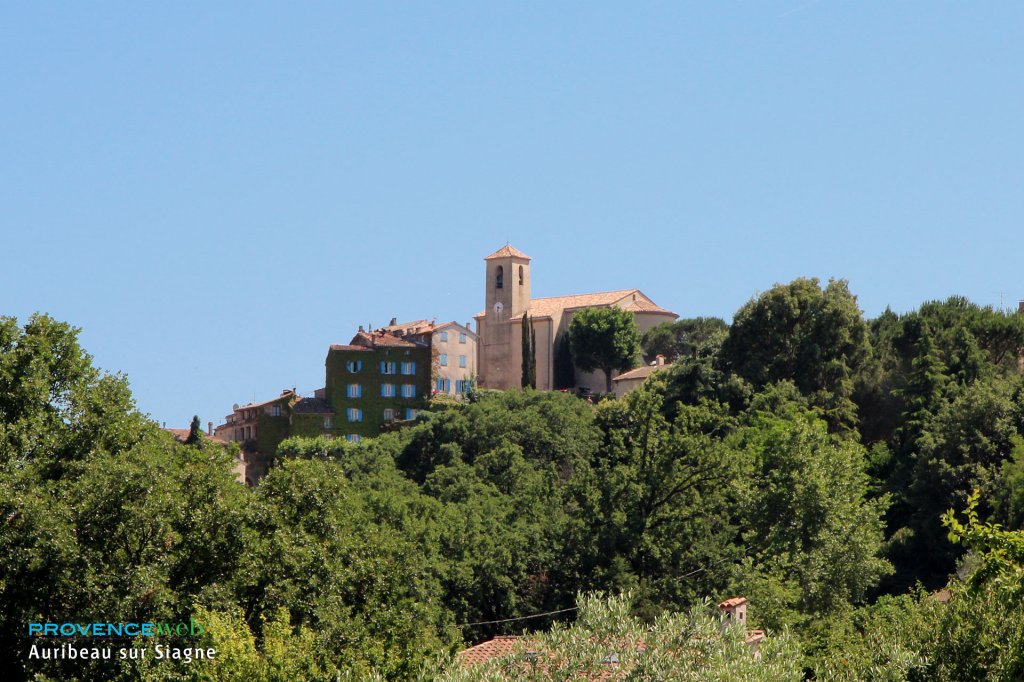
Flower-filled stairways climb up to the church square. The tall rampart houses give the village a unique character. Founded in the 12th century, the village was repopulated in 1497 by inhabitants of the Ligurian coast. The parish church bears witness to the influence of Lérins Abbey. Some of the houses date back to the 14th century. From the church square, the view stretches over the wooded hills and Grasse. The Notre-Dame de Valcluse sanctuary is located in a shaded setting. The banks of the Siagne river offer refreshing swimming areas.
Saint-Cézaire-sur-Siagne and its caves
Saint-Cézaire-sur-Siagne is perched on a cliff above the Siagne valley. The village overlooks terraced fields planted with olive trees stretching down to the clear river.
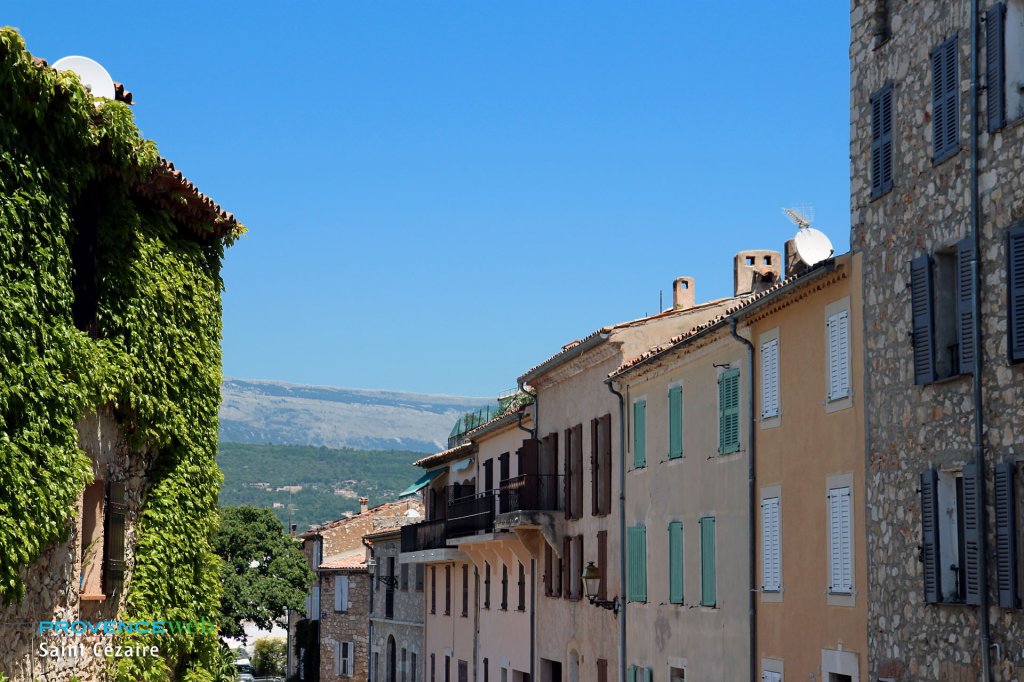
The cave, discovered in 1890, descends 40 meters underground. Visitors are impressed by the colorful concretions and the multicolored luminous waterfall. The stalactites were formed over millions of years. A discovery trail winds through the Mediterranean vegetation of the 6-hectare estate. The Mulets fountain adorns the main square. The Notre-Dame de Sardaigne chapel dates from the late 12th century. Dolmens and tumuli bear witness to ancient occupation. The pink stone church and covered passageways are well worth a visit.
Where to stay in the Pays de Grasse?
For your vacation in the Pays de Grasse, we have selected the best accommodation in the area for you. Here are our recommendations according to the type of accommodation you are looking for:
How to visit the Pays de Grasse?
The Pays de Grasse Tourist Office has all the information you need for your stay. You will find the opening hours of sites and useful contact details. The Pays de Grasse Tourisme website offers a complete calendar of events. There are several options available for exploring the area. Guided tours of the old town immerse you in the history of Grasse. Guided walks in the villages are organized regularly. To plan your visit, download the brochures available online. You can also contact the Office directly by phone or email. There is no shortage of places to see in this area of 23 municipalities. Gourdon is one of the most beautiful villages in France. Cabris offers panoramic views of the sea and the hinterland. A successful stay combines visits to perfumeries, exploring villages, and nature outings. The International Perfume Museum is a must-see.
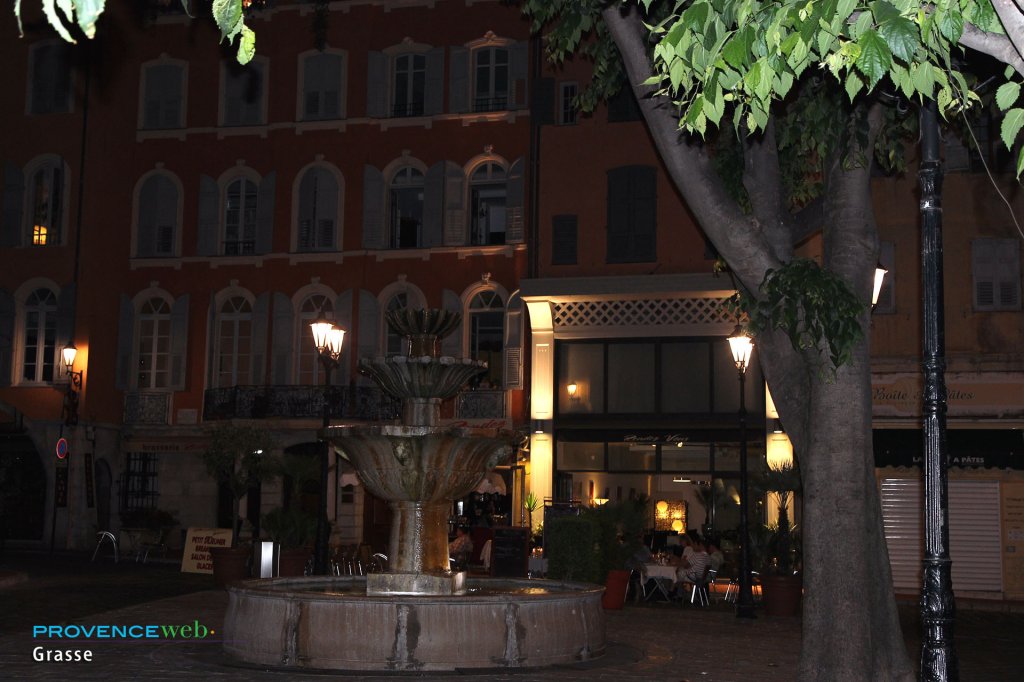
What events are there in the Grasse region?
The region's cultural calendar spans the entire year. The Jasmine Festival in August has been celebrating the queen of scents for 80 years. Exporose puts roses in the spotlight every May. Several festivals punctuate the seasons in Grasse. The Beer Festival takes place in early September. The European Heritage Days in September open sites that are usually closed. Cultural outings play an important role in local life. Les Matinales du Cours Honoré Cresp offers a gourmet market every week. Free concerts enliven the summer days. The Grasse theater hosts dance and music performances. Check the online calendar regularly so you don't miss anything. Each event has its own detailed page with practical information.
What are the attractions of the Pays de Grasse?
Grasse has been known as the world capital of perfume for centuries. Three major perfume houses open their doors to visitors. Grasse's expertise in the field of fragrances remains unique in the world. The built heritage bears witness to a rich history. The Notre-Dame du Puy cathedral dominates the old town. The architectural quality of the area has earned Grasse the label “Ville d'Art et d'Histoire” (Town of Art and History). The exceptional natural environment is a major asset. The area is home to a third of France's flora. Preserved natural areas cover 35% of the total surface area. Sustainable development shapes local public action. The Urban Community has been awarded the “Territoire Engagé pour la Nature” (Territory Committed to Nature) label. The Territorial Food Project promotes environmentally friendly agriculture. Provençal culture permeates everyday life. Local markets offer local products.


